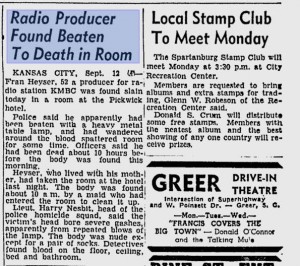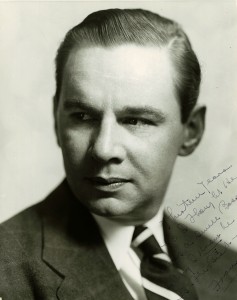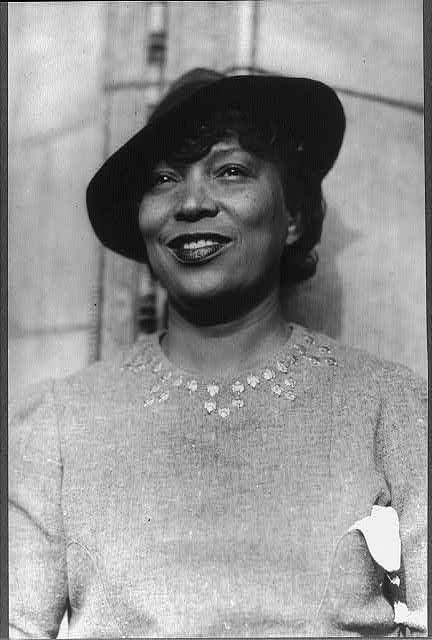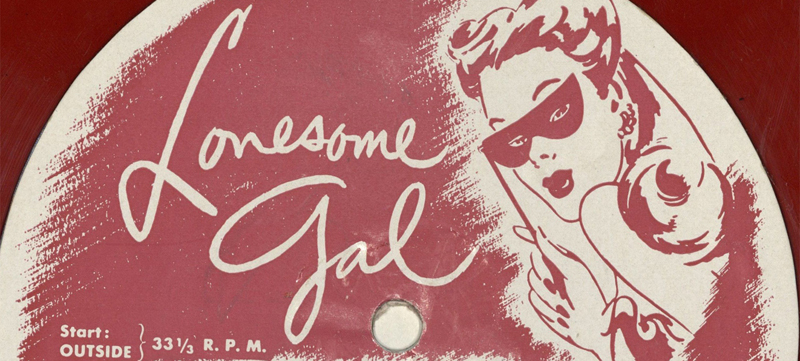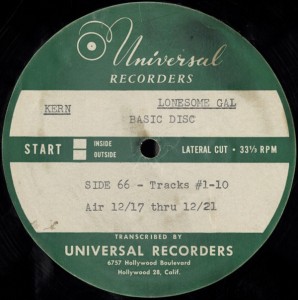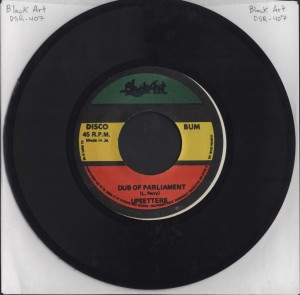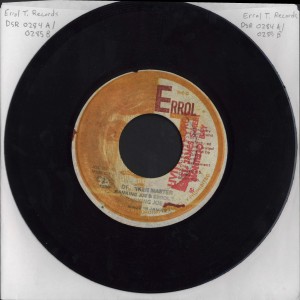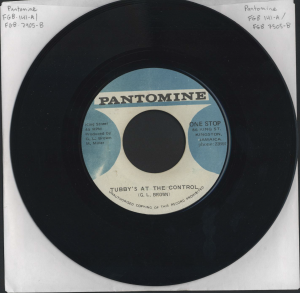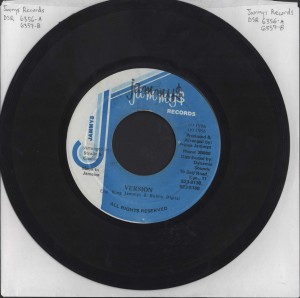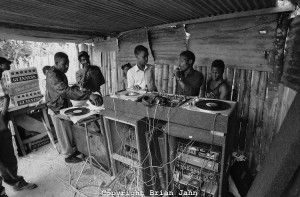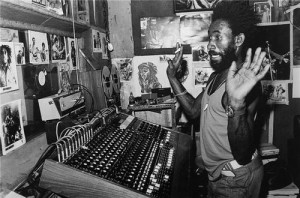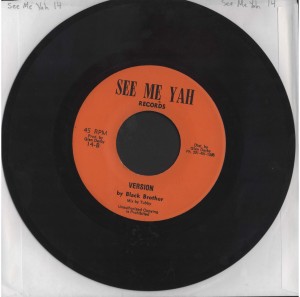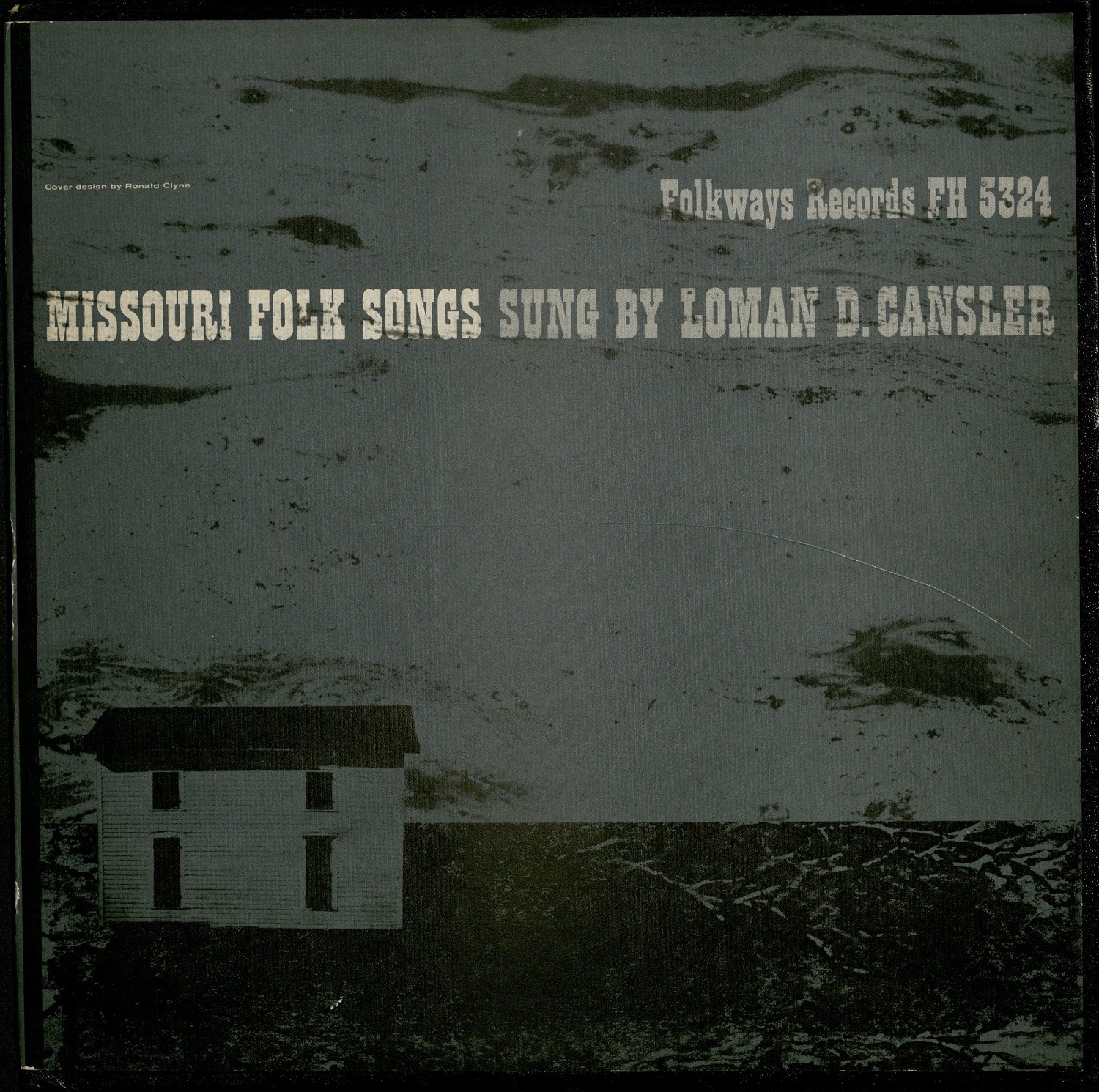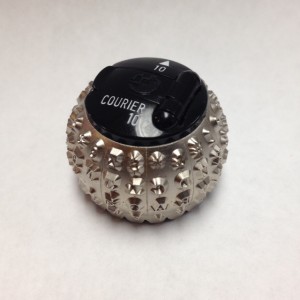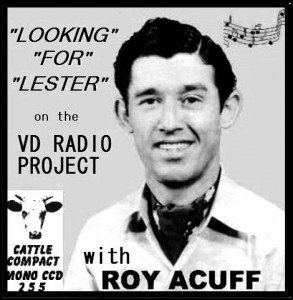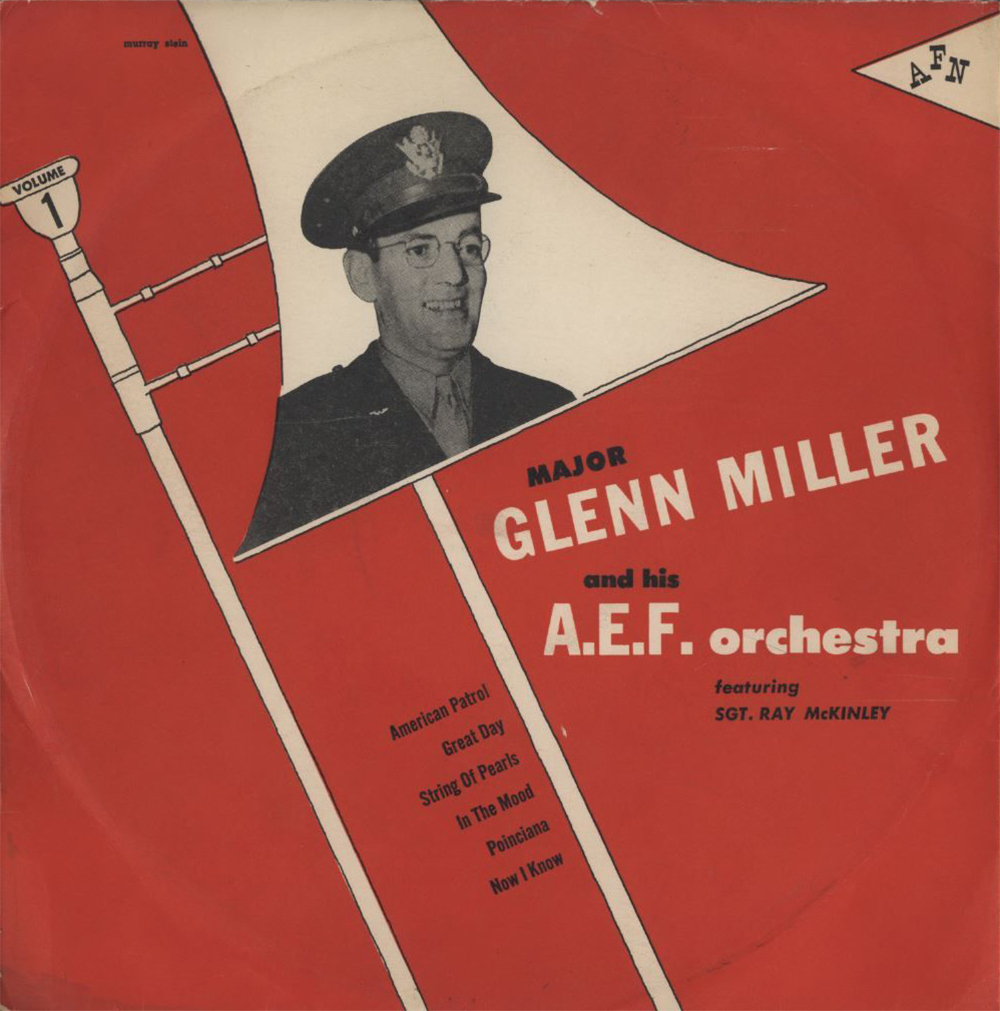 The Marr Sound Archives holds two albums from the uncommon broadcast recordings of Major Glenn Miller and the American Band of the Allied Expeditionary Forces. These two albums are compilations of recordings over the American Broadcasting Station in Europe, EMI Studio, St. John’s Wood, Abbey Road, London England and are simply titled “Major Glenn Miller and the A.E.F. Orchestra.”
The Marr Sound Archives holds two albums from the uncommon broadcast recordings of Major Glenn Miller and the American Band of the Allied Expeditionary Forces. These two albums are compilations of recordings over the American Broadcasting Station in Europe, EMI Studio, St. John’s Wood, Abbey Road, London England and are simply titled “Major Glenn Miller and the A.E.F. Orchestra.”
Miller was fulfilling a request by the Office of War Information to broadcast the orchestra’s performance under his direction to the German military and German prisoners of war. The propaganda broadcasts were intended to show Germans that the Allies wanted inclusion of all countries in the quest for peace and that American music and life among the Allies was lively, lovely, and upbeat.
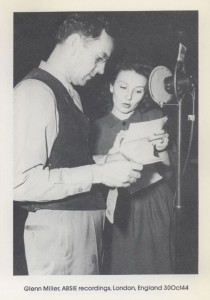
Glenn Miller and “Ilse Weinberger” at an ABSIE microphone, London, England, 30 October, 1944. Photo courtesy: The Glenn Miller Army Air Force Band: I Sustain the Wings: Volumes 1 and 2 by Edward F. Polic.
German “Ilse Weinberger” serves as announcer with Glenn Miller, at times, answering her in pretty bad German, but mostly speaking in English between the performances of 13 works. It is also significant that the A.E.F. Orchestra performs the “Song of the Volga Boatmen” in order to drive home the point that the Russians are now allied with America and Europe against the Germans.
According to Glenn Miller experts, these two LP’s were bootlegged by Joseph Krug of the Colony Record Shop in New York City when doing business as the A.F.N. Record Company around 1949. His efforts were quickly shut down by the Miller estate. The details of the case can be found here.
The A.F.N. was intentionally meant to confuse the patron into thinking that the Air Force Network had published these. Even though few of these albums exist, Marr has had one copy of each of the two volumes gifted to their collection.
These recordings of Glenn Miller’s cooperation with the propaganda offices of Allied Forces during WWII are hard to come by but worth the listen. Unfortunately, Glenn Miller died 39 days after the recording of these broadcasts and therefore makes them precious items.
These particular broadcasts were recorded October 30th and November 6th, 1944 and aired November 8th and November 15th respectively. There isn’t much remarked on the containers about the band except that Sergeant Johnny Desmond and Sergeant Ray McKinley sing solos on “Is You Is or Is You Ain’t My Baby” (McKinley) and “Now I Know” and “My Heart Tells Me” (Desmond).
Although the band members are not listed on the albums’ containers, a resource in the Marr Sound Archives entitled “The Glenn Miller Army Air Force Band: I Sustain the Wings: Volumes 1 and 2” by Edward F. Polic clearly lays out who played in the orchestra at the time of these broadcasts. These reference resource books are exciting because of their details of discographies, scripts, personnel, and Glenn Miller’s life.
Contributed by Vicki Kirby, Library Information Specialist II and Special Formats Cataloger

